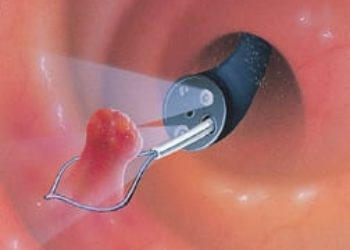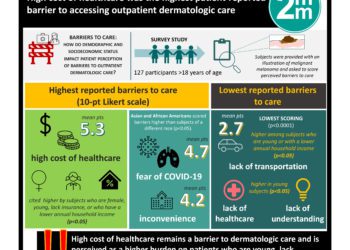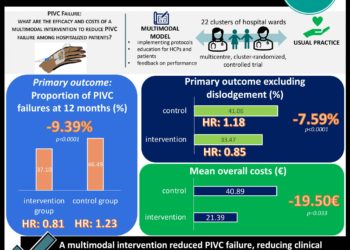Pay for performance has modest effect on hypertension care
Image: PD
1. A typical study physician randomized to receive incentives targeted at the individual practitioner with a panel size of 1000 patients with hypertension would be expected to have about 84 additional patients achieving blood pressure control or receiving an appropriate response after 1 year of exposure to the intervention.
2. The performance gains observed were not sustained through a 12-month washout period.
Evidence Rating Level: 1 (Excellent)
Study Rundown: This trial aimed to evaluate the effectiveness of pay for performance in primary care settings for hypertension, a common chronic condition. Previous studies examining this financial reward system have shown variable results. Critics of pay for performance claim that it is ineffective, creates perverse incentives for clinical care, and encourages overtreatment. This study demonstrates that physicians randomized to the individual incentive group were more likely than controls to achieve blood pressure control; this improvement was not associated with overtreatment as measured by prevalence of hypotension. However, the effect of the intervention was modest, only significant in the individual incentive group, and did not persist once the financial reward was withdrawn. The VA system, with its wide geographic scope and salaried pay structure, provides a useful setting in which to study payment-system interventions. However, further research across settings that vary in baseline performance and team cohesiveness is needed to determine which factors influence the impact of pay for performance.
Click to read the study in JAMA
Relevant Reading: Does pay-for-performance improve the quality of health care?
In-Depth [cluster randomized controlled trial]: This study aimed to examine the effect of explicit financial incentives to individual physicians and practice teams for the delivery of guideline-recommended hypertension care in the primary care setting. Participants included a minimum of 5 fulltime primary care physicians from 12 hospital-based primary care clinics in 5 Veterans Affairs (VA) Networks. Clinics were randomized into one of four study groups: physician-level (individual) incentives; practice-level incentives (ie aggregated earnings of participants were equally distributed amongst participating providers at that clinic); physician-level plus practice-level (combined) incentives; and no incentives (control). Participants were evaluated by blinded medical record abstractors at the end of four 4-month long study periods. Physicians were rewarded for achieving guideline-recommended blood pressure thresholds or appropriately responding to uncontrolled blood pressure, prescribing guideline-recommended antihypertensive medications, or both.
Across 12 study sites, 83 VA primary care physicians were enrolled. The mean (SD) total payment for physicians over the course of the study was $4270 ($459) in the combined group, $2672 ($153) in the individual group, and $1648 ($248) in the practice group. The mean individual incentive earnings over the study represented approximately 1.6% of a physician’s salary. The adjusted estimated absolute change over the study of the patients meeting the combined blood pressure or appropriate response measure ranged from a maximum of 8.84% (95% CI, 4.20% to 11.80%) for the individual group to a minimum of 0.47% (95%CI, −3.12% to 4.04%) for the control group. The effect of the incentive was not sustained after the financial reward was withdrawn. There was no higher incidence of hypotension in the patient panels of physicians randomized to the incentive groups.
By Elizabeth Kersten and Andrew Bishara
More from this author: Outreach increases colorectal cancer screening among underserved; Clinical impression not reliable in identifying drug-seeking behavior; Industry influences on expert panels contribute to over-diagnosis; Undervaccination becoming more common, associated with increased patient admission rates; Overuse of colonoscopy widespread in the US; Silent myocardial infarctions more common than previously assumed
© 2013 2minutemedicine.com. All rights reserved. No works may be reproduced without expressed written consent from 2minutemedicine.com. Disclaimer: We present factual information directly from peer reviewed medical journals. No post should be construed as medical advice and is not intended as such by the authors, editors, staff or by 2minutemedicine.com. PLEASE SEE A HEALTHCARE PROVIDER IN YOUR AREA IF YOU SEEK MEDICAL ADVICE OF ANY SORT.







